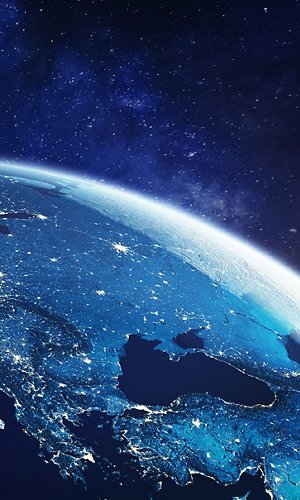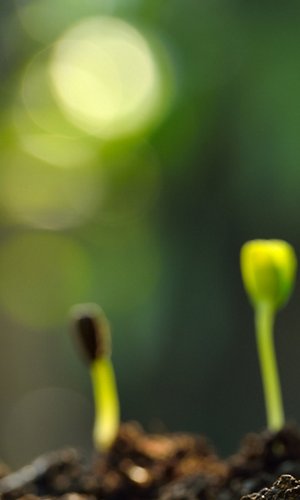Coffee is second only to water in the ranking of the most popular beverages in the world: world coffee consumption is 2.5 billion cups per day. One in three is drunk in Europe; for us Italians in particular, drinking coffee is a ritual of great cultural value. While we often limit its consumption to safeguard our health, we hardly ever wonder about the environmental impact of the cup of coffee we drink every morning at breakfast. To get an idea of the impact of coffee on the environment, you only have to think that in order to meet the global demand, coffee production will have to triple by 2050 and 60% of the areas suitable for growing coffee are occupied by forests. At one time coffee plants were grown on the edge of forests; today countless trees are felled to cultivate them. The result: drinking coffee means drinking a part of this forest. And this is just one example of the link between our way of life and the impact it has on the health of our planet and in particular on forests.
This link is widely discussed in the latest WWF report entitled “How much forest have you eaten, used or worn today?”, which gives examples of embedded deforestation for a number of consumer goods, from the shoes we wear to cocoa. In tropical and subtropical areas, 73% of deforestation is aimed at creating space for pastures or farmland, where soya beans and oil palms are grown. What does that have to do with us living on the other side of the world, far from the deforested areas? All products resulting from deforestation are sold and exported: that is why there is a clear link leading to us. The European Union purchases 37% of the crops and animal products associated with deforestation, in particular 60% from Brazil, 25% from Indonesia. EU consumption alone accounts for 10% of global deforestation.



